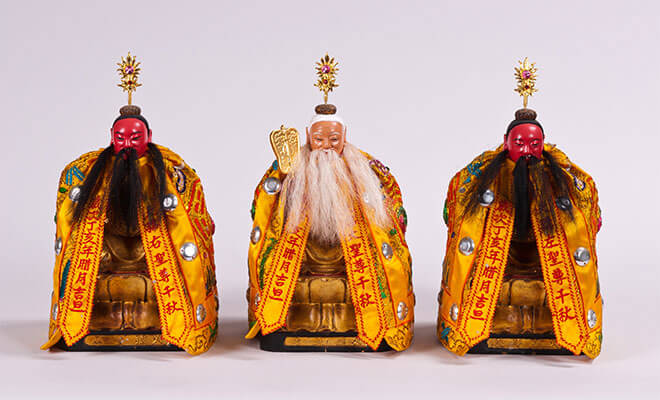Architecture
Architecture
Front Court
The primary deity housed at the front court is the nation-guarding general, Xufu Qiansui. Installed at the entrance at the front gate are a banner stand in the front and the general leading a divine horse in the back. The banner is a declaration that this is the house of the nation-guarding general. The statue of the general and the horse is to signal the readiness to enter a battlefield. The main deity in this temple is our nation-guarding general busily engaged in his daily tasks and yet has the horse by his side to show his readiness to charge forward to handle all matters.
The couplets inside the court indicate the compassion of the temple’s main deity to save the world and educate the people as depicted through descriptions of people, anecdotes, historical references and supernatural tales. The couplet writing with unique description style was all done by renowned calligraphers.
Carved on the ceiling frames and caissons inside the court are all kinds of flowers, birds and beasts, as well as various lifestyles of all walks of life from different dynasties. The temple has many great wood carvings and sculptures created in our era, built in the structure of caissons, from outside in, illustrating imageries of the First Household Under Heaven, totems of nine dragons, Taichi, Buddha, Taoist preachers and the seven sages in the bamboo forest.

Central-Court Corridor
The central court is a geographic center of the TianWen Temple featuring stone sculptures and a Bagua totem, stone mountains, magnificent waterfalls, thriving foliage and flowers. The embedded message is that the universe operates in an innate rhythm and all forms of life will carry on in a continuous succession following a given law of nature. This is further testimony to a Taoist way of life: the practice of non-intervention and the governance with non-intervention.
The corridors on both sides are where calligraphic works and landscape paintings from competitions are displayed, hence is named as the temple’s culture and education corridor. Other notable features are the stone carvings on the walls, window panes and frames that incorporate various dragon shapes / drawings derived from all historical eras and dynasties starting from the Neolithic Age to the Qing Dynasty. All these dragon-themed ornaments / carvings will be a great delight for those researching on the dragon shape evolution from all dynasties.
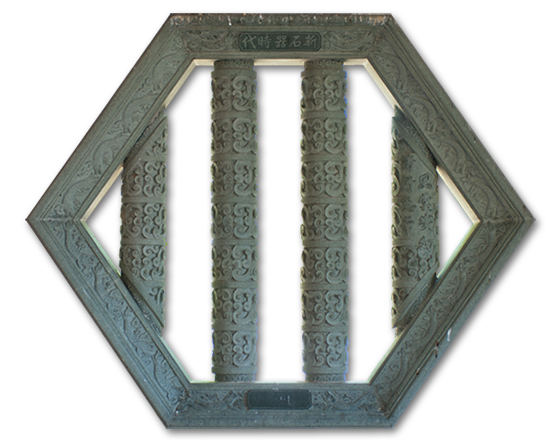
The Neolithic Age
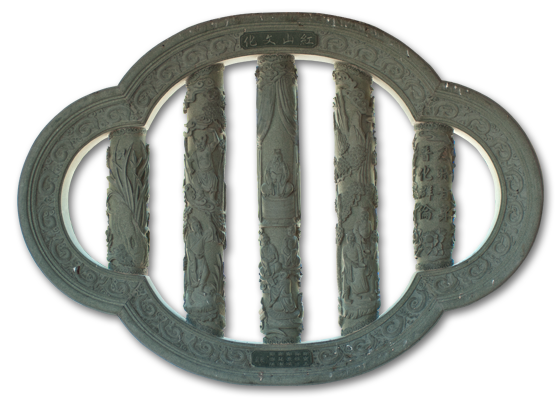
The Hongshan Culture
.png)
The Xia Dynasty
.png)
The Shang Dynasty
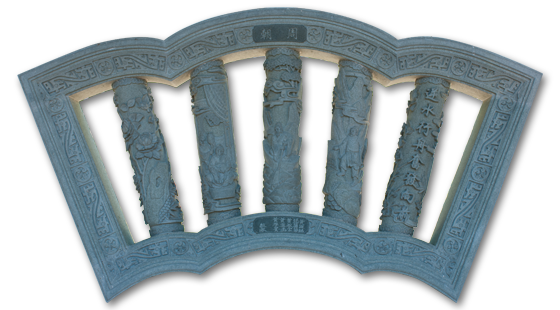
The Zhou Dynasty
.png)
The Spring and Autumn Period
.png)
The Warring States Period
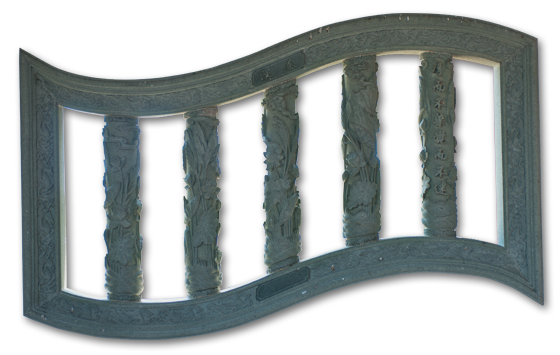
The Qin & Han Dynasty
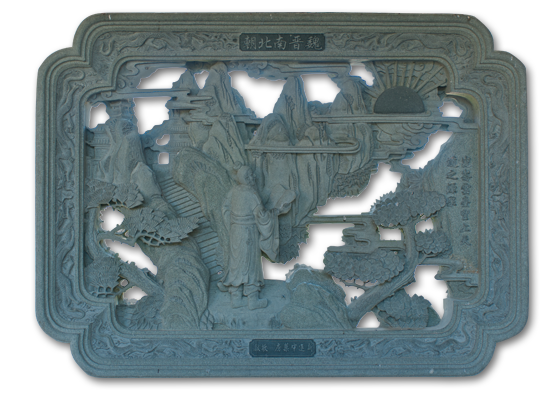
The Six Dynasities
.png)
The Tang Dyansty
.png)
The Song Dynasty
.png)
The Yuan Dynasty
.png)
The Ming Dynasty
.png)
The Qing Dynasty
Hind Court
Housed at the hind court are the three highest-ranking Taoist deities, collectively known as The Three Pristine Ones and individually known as The Primeval Lord of Heaven (Yuan Shi Tian Zun), aka Left Heavenly Sage; The Heavenly Lord of Numinous Treasure (Ling Bao Tian Zun), aka Right Heavenly Sage; and The Heavenly Lord of Tao and Virtue (Dao De Tian Zun), aka Grand Heavenly Sage.
Incidentally, the Grand Heavenly Sage is also the Tao De Ching author, Lao Zi. Lao Zi is also known as Li Er or Li Er-Ran, born in the Spring and Autumn Period and revered as The Grand Supreme Elderly Lord. His work, Tao De Ching, is deemed as a millennium classic on the Taoist philosophy.
Inside the hind court, one can see its principal structure based on classic Taoist scriptures. Take your time reading the central-door couplets and you will have a glimpse at the true meaning of Taoist person-centered advocacy in following the way of nature as the principal guidance to live one’s life.
